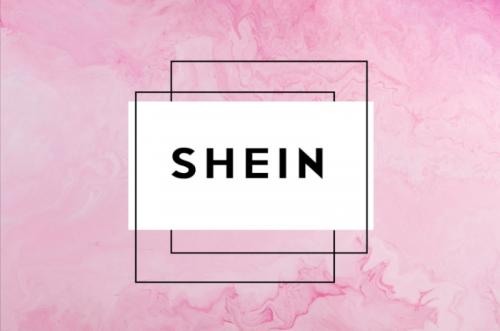How does SHEIN break the monopoly pattern of international fashion brands with flexible supply chain?
In the global fashion industry, fierce market competition and the increasingly diversified needs of consumers are constantly reshaping the pattern of the industry. European and American markets have been dominated by international brands for a long time, and the entry threshold and challenges of China brands are self-evident. However, in a few decades, SHEIN has sprung up suddenly. With its unique business model and subversive supply chain management, it has successfully broken the monopoly position of international brands in Europe and the United States and become a unicorn brand in the fashion field.

So the question is, how did SHEIN do it?
In fact, hundreds of years of foreign commercial culture and fashion culture have spawned a series of foreign brands that have existed for decades, and they have certain first-Mover advantages compared with domestic brands in terms of technical details and product quality. However, this long-term accumulation has also led to the relative complexity and inflexibility of its organizational structure and operation mode, which is often called "cumbersome".
"Clumsy" is actually relative. Take Zara as an example, although it has shown the characteristics of efficient operation in many aspects. For example, it adopts SPA mode, characterized by high turnover rate and high profit rate, and captures the trend information from physical stores, fashion magazines, fashion shows and other channels and quickly transforms it into design inspiration. Nevertheless, Zara still represents a mature and large-scale industry model, and there is still room for further improvement in flexibility and rapid response.
Compared with traditional fashion brands, the operation mode displayed by SHEIN presents a completely different style. Because sales are entirely based on online retail, real-time feedback of information is more direct and efficient. In the production process of ordering, the small order adopted by SHEIN can be more sensitive. Usually, 100-200 products are produced on a small scale and put into the market for testing. If the sales trend is good, the order will be returned immediately, but if the sales are not up to expectations, the production will be suspended. And ZARA’s first order should be at least 500-1000 pieces.
SHEIN also actively uses its own technological advantages and experience to promote the transformation and upgrading of traditional industries such as clothing manufacturing. Due to the flexible supply chain mode of on-demand production, the whole link is upgraded from front-end fashion trend, design and development, manufacturing, warehousing and logistics, which brings about the improvement of the whole efficiency.

Before cooperating with SHEIN, most of these factories did not have the ability of systematization and intelligence, and most of them relied on manual work, Excel, mail and other traditional ways to arrange production, which was very inefficient and did not have competitive advantages in the industry. However, after cooperating with SHEIN, they completed the transformation into a digital factory with full chain digitalization, which greatly reduced the waste of materials and the waiting time of workers. Based on demand supply, the inventory rate of brands can be reduced to low single digits, while the average unsold inventory level of other brands in the industry is 30%.
SHEIN, a technology-driven flexible on-demand supply chain, not only improves industrial efficiency, reduces waste, but also helps to protect the environment. At the same time, due to the cost reduction caused by waste reduction and efficiency improvement, brands can give back 100% of these values to end consumers, share the created value with consumers, and greatly reduce the sales price of goods.

This "small order and quick response" model gives SHEIN a significant advantage, which is reflected in higher commodity turnover rate and finer inventory management. It enables SHEIN to more accurately test and quickly capture the explosive potential styles in the market, while almost avoiding the risk of excessive inventory. In the view of Boston Consulting Group, this agility of on-demand fashion has become the source of competitive advantage in the fashion industry, and the agile supply chain model represented by SHEIN has become an irresistible trend of the industry, which is gradually changing the rules of the game of the global fashion industry and leading the industry to develop in a more efficient and sustainable direction.